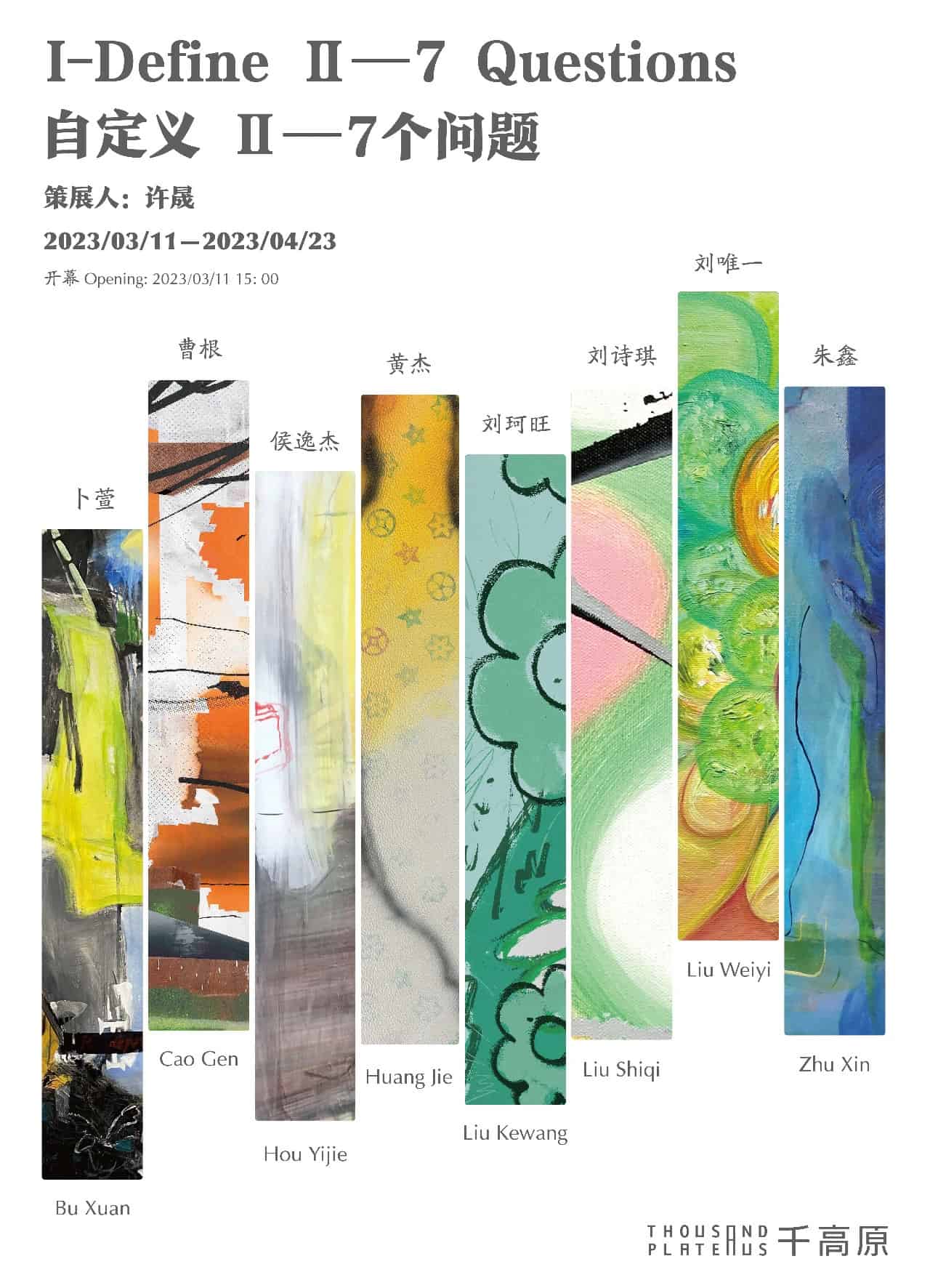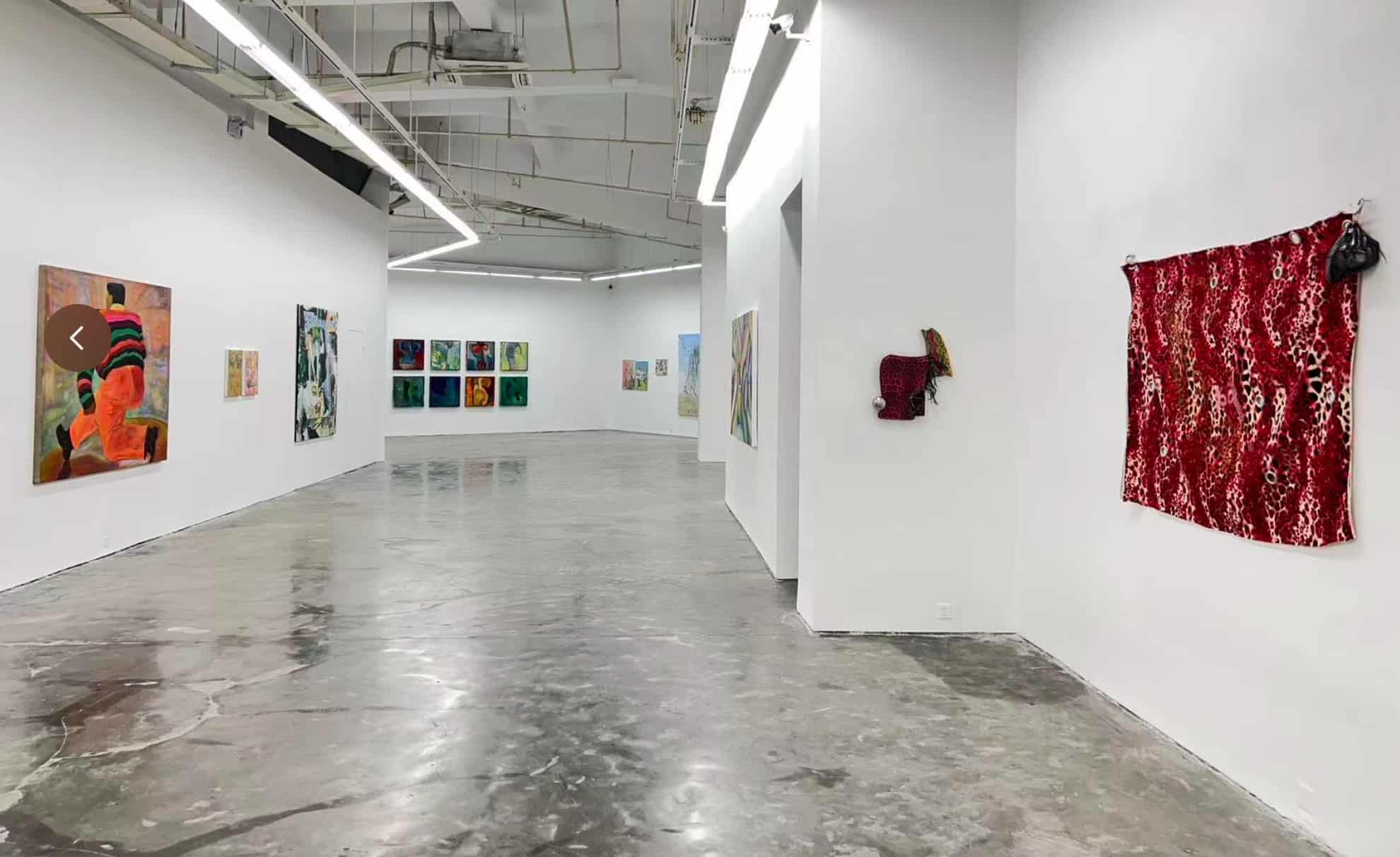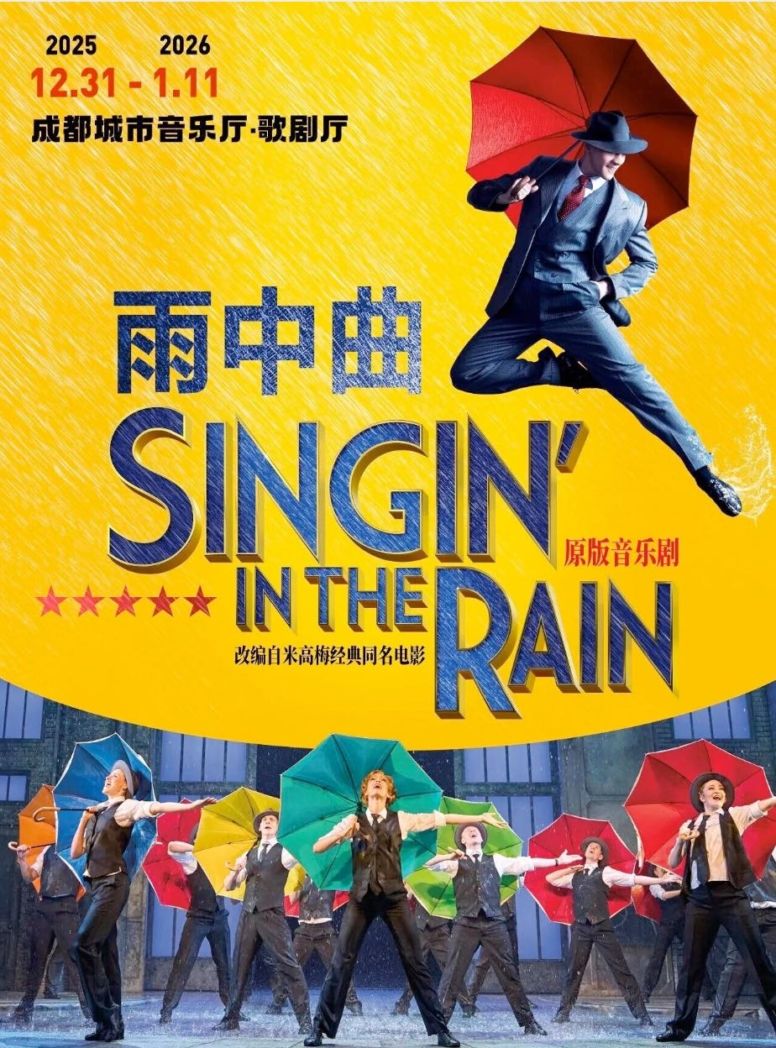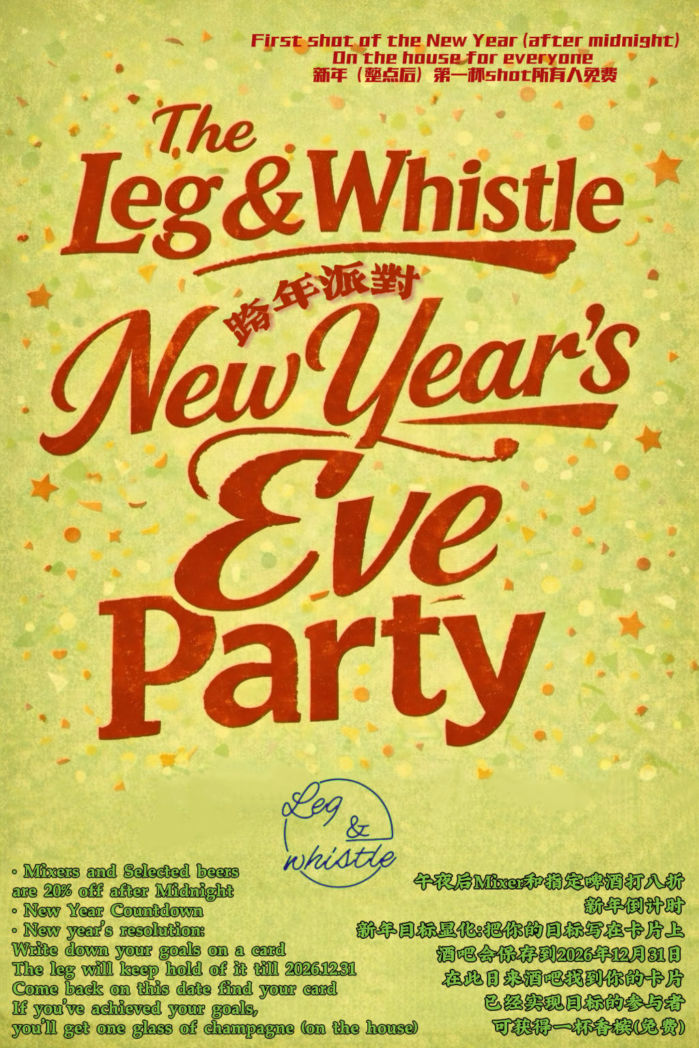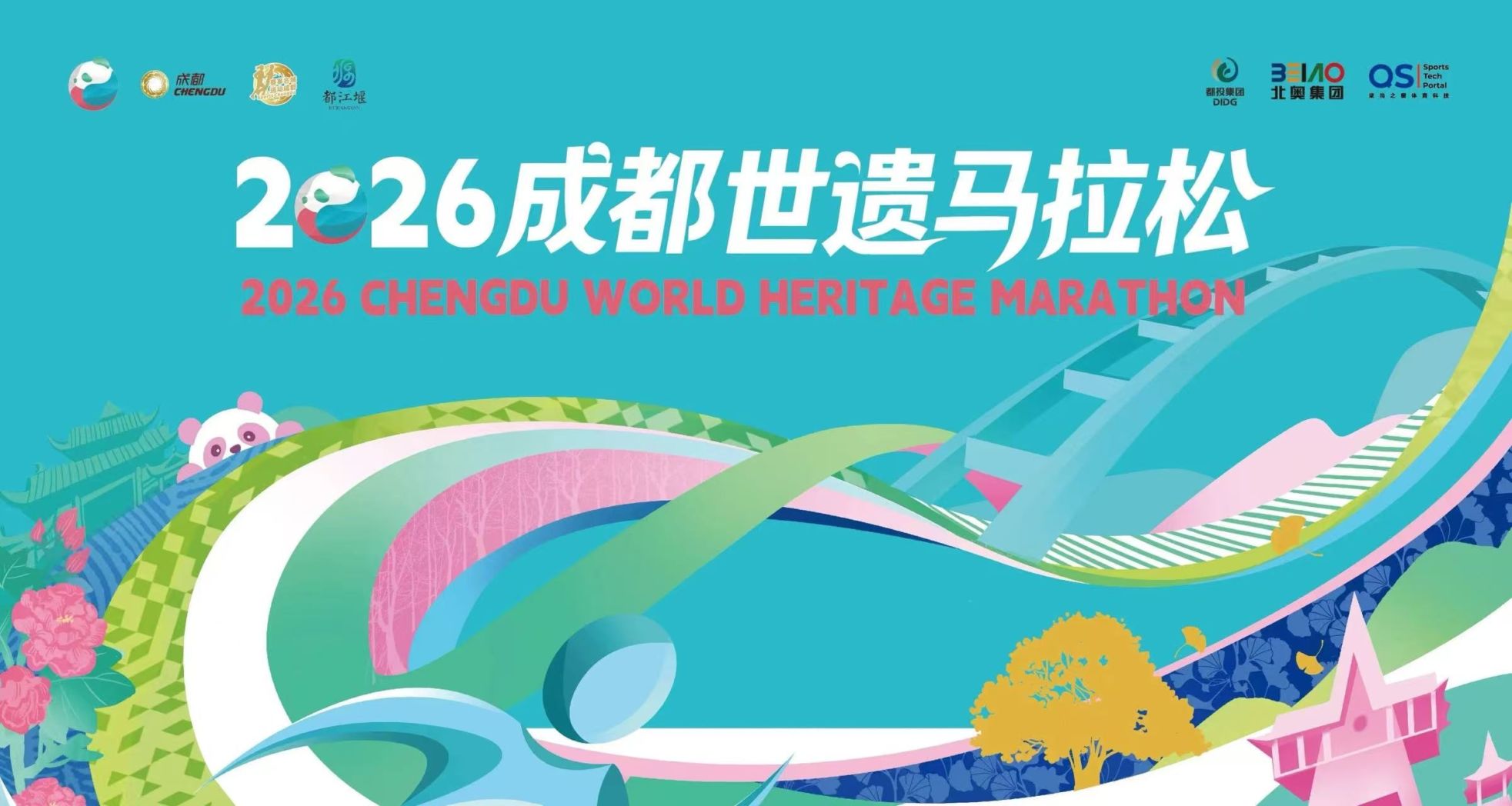Profile
Spring’s artist group exhibition “I-Define II: 7 Questions”.
Eight young artists, Bu Xuan, Cao Gen, Hou Yijie, Huang Jie, Liu Kewang, Liu Shiqi, Liu Weiyi and Zhu Xin, were invited to participate in the exhibition, which will be curated by Xu Sheng.”I-Define” means independent thinking and free creation, as well as natural and unrestrained growth, which may also be the basic method and value practiced by the young generation of artists. The participated artists may be strangers to each other. When they get together in the exhibition, they first use questions to get to know each other.
Each artist raises the first question to the other seven artists, and began to understand and communicate with each other. Questions not only represent the beginning of understanding others, but also the vivid reflection of self in the group. Questions and answers are equally important, just as everyone in life often knows the world and themselves through questions. The process of asking questions to others is also the process of self-introduction and the beginning of the audience to know them.In the process of asking questions, we found that Bu Xuan said that the most frequently asked question in the past was “why do you draw your legs”. If she needs to gaze at herself in some form when she is painting, her picture is more like the external world that is unrealized outside her focus of vision, and the “legs” are only the fulcrum of that world. Sometimes people will sneer at the whole world, but they have to be in it. In this respect, the works of Cao Gen and Huang Jie are like the deconstruction of the external world. Cao Gen’s disassembly has a kind of grand sense of nihility, while Huang Jie seems to be filling such nihility with various “noisy” consumer parts. This reminds people of Dada or the artists of the New Leipzig School of Painting, who sometimes fall into meditation and then suddenly make a face. In the contemporary world, similar feelings and the desire of breaking something always extend in the creation of artists. On the other hand, Hou Yijie describes all kinds of stories, characters, scenes, emotions, or imaginations that belong to the world but are difficult to settle in. They form a map to lead people to look for things that are familiar but gradually become “distant” in contemporary society. Liu Kewang’s “distant” place comes from the humanism he emphasizes. In contrast, those comic scenes are full of the “inner smoothness” unique to flat aesthetics. It seems that everything is irrelevant. Liu Shiqi’s picture is serious, and the black colored parts are similar to that represented by Pluto, such as taboo, struggle, or rebirth, which originates from the energy in the deep universe, and is transformed into the brilliance of the soul under sincere treatment. In Zhu Xin’s eyes, this energy becomes the courage to walk out of sadness. The calm and penetrating eyes with self-deprecating meanings in the picture are the traces left by this uneasy spiritual journey. Liu Weiyi’s unique creation not only stems from her past that she once dreamed of becoming a fashion designer, but also includes her observation of vivid details of characters. Beauty and fantasy have become a kind of deep emotional representation in her perspective. They are everywhere and hidden in every ordinary person’s every move.The above is the initial impression of the eight artists to the audience. (Text/Xu Sheng)
Reviews
More Events
Chengdu
Sichuan
Wuhou
Sichuan
Chengdu City
Sichuan


